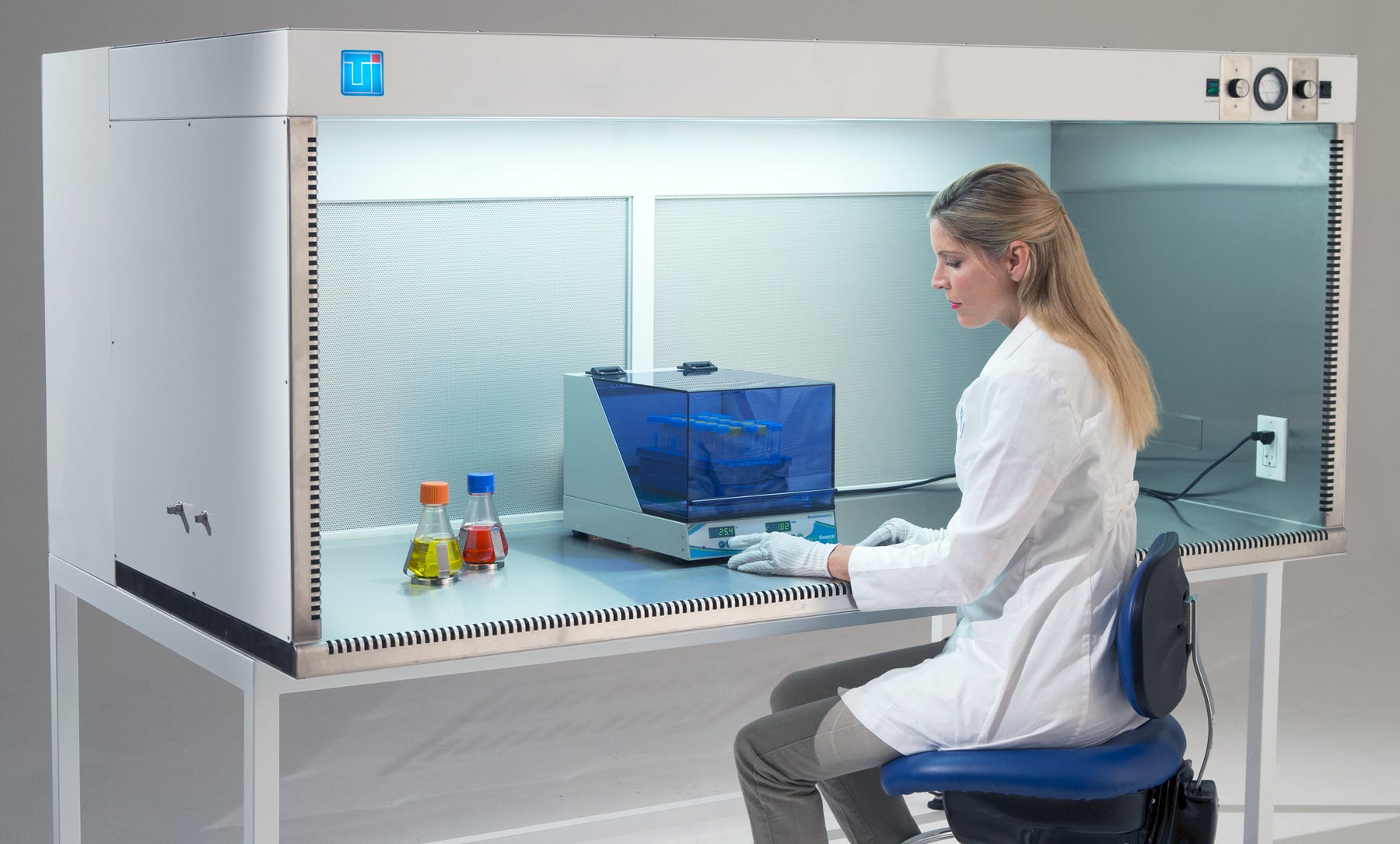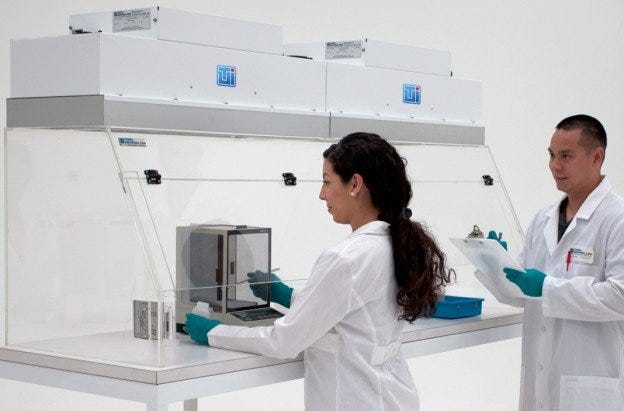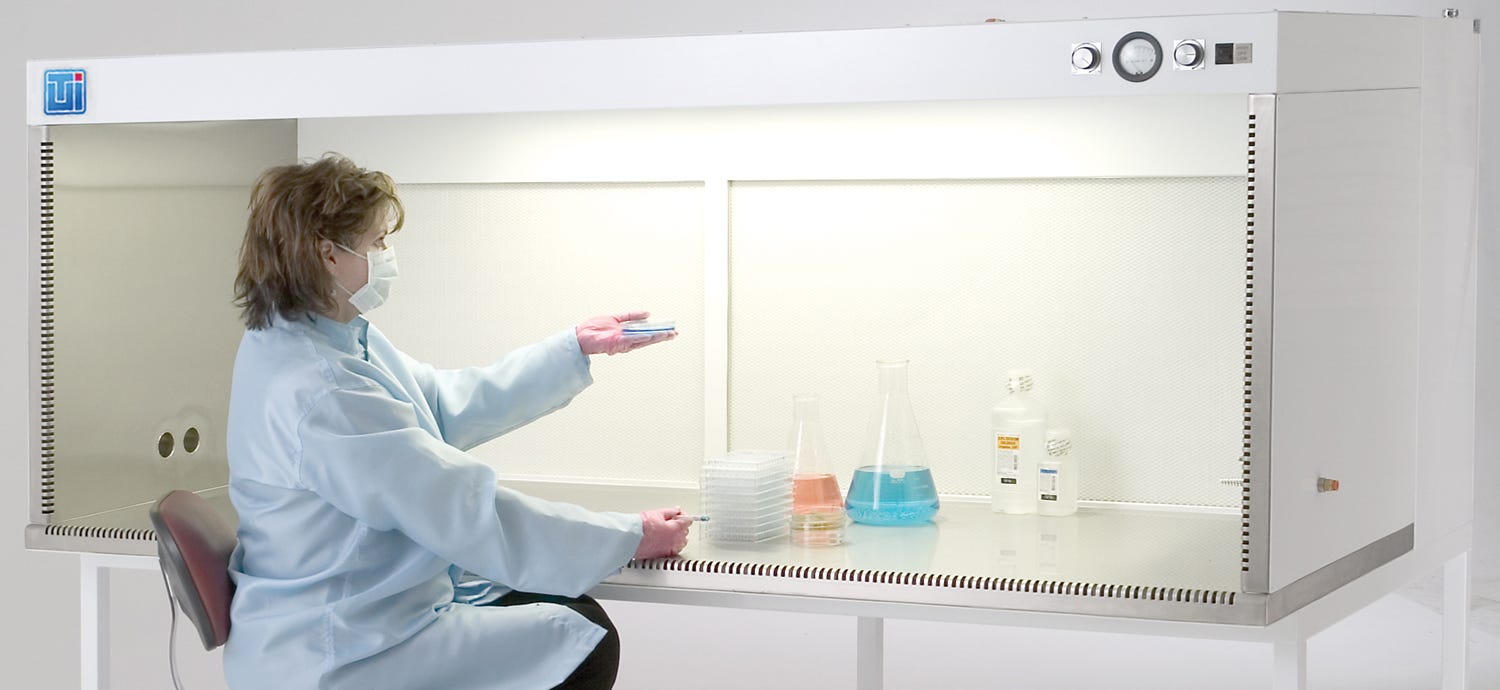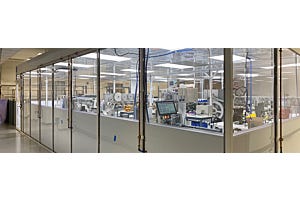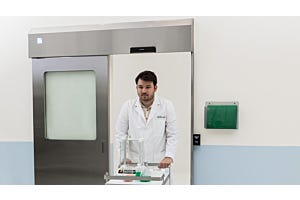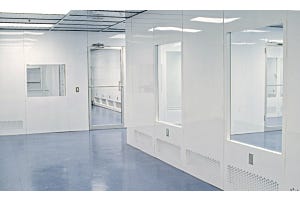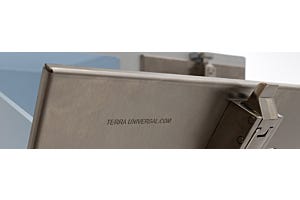Laminar Flow Hoods
-
Posted: February 19, 2021Read more »
There are compelling reasons to choose either airflow system depending on clearance requirements, process location, work surface design, and operator safety. Below is a brief comparison (read more on horizontal vs vertical laminar flow hoods).
-
Posted: April 23, 2020Read more »
Cleaning a laminar flow hood sounds like a self-explanatory task, but there are plenty of factors to consider when the stakes of sterilization include the integrity of your products. Even more importantly, a clean laminar flow hood helps ensure the safety of patients and consumers on the receiving end of those products.
-
Posted: December 07, 2015Read more »
Whether you’re using a laboratory hood to limit exposure to chemical fumes or you require a particle-free work environment, all components of your hood work in tandem to attain optimal functionality. Hoods are enclosures, sometimes called work benches, work stations, or cabinets, that either blow filtered air down onto the work surface (positive pressure) or exhaust filtered air to the outside (negative pressure), based on the nature of the application. Below is a guide to understanding the different components of your cleanroom hood.
-
Posted: August 04, 2014Categories: Laminar Flow HoodsRead more »
A laminar flow hood is a vital device in the control of particle contamination. Laminar airflow is defined as air moving at the same speed and in the same direction, with no or minimal cross-over of air streams (or “lamina”). By contrast, turbulent flow creates swirls and eddies that deposit particles on surfaces randomly and unpredictably. Most contamination-sensitive environments such as dust-free hoods require laminar flow because it predictably sweeps particles in a uniform direction, from the cleanest area under the hood (the filter face) to the exit area, which is generally the sash opening or vents along the back or bottom of the hood. The design ensures that the cleanest (and most germ-free) area will always be the upstream area closest to the filter face. This non-contaminating configuration applies to both horizontal and laminar flow hoods and is commonly used in the case of compounding




